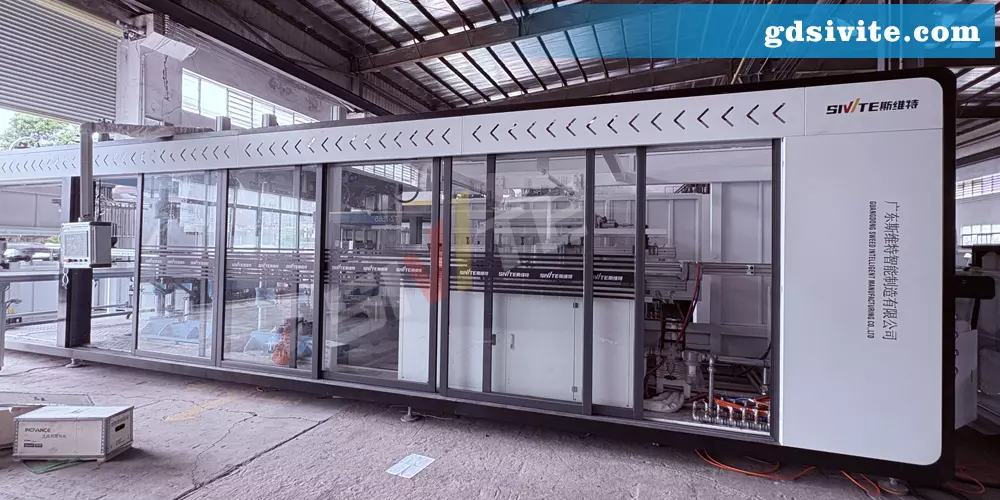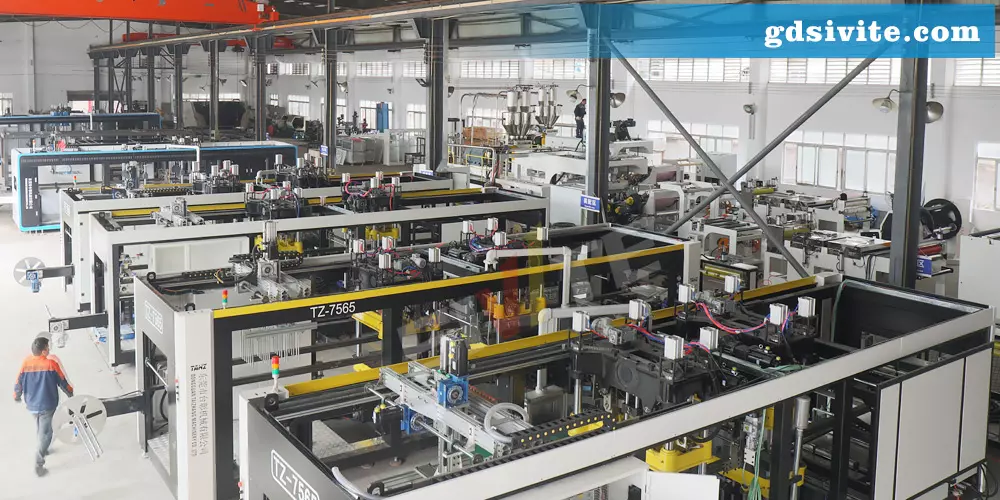The Advantages of Positive and Negative Pressure Thermoforming Machine
In the world of plastic manufacturing and packaging, positive and negative pressure thermoforming machines have become essential for producing high-quality, durable, and precisely shaped products. These advanced machines combine both positive and negative pressure techniques to enhance efficiency, accuracy, and material utilization. Whether used in food packaging, medical supplies, or automotive components, positive and negative pressure thermoforming machines offer numerous benefits that make them superior to traditional thermoforming methods.
1. Enhanced Precision and Detail in Forming
One of the most significant advantages of a positive and negative pressure thermoforming machine is its ability to achieve intricate designs with high precision. The combination of positive pressure (applying air from above the plastic sheet) and negative pressure (vacuum suction from below) ensures that the material is evenly distributed, reducing the risk of weak spots or deformations. This dual-pressure system allows manufacturers to create complex shapes with sharp edges, deep draws, and fine details, making it ideal for industries requiring high accuracy, such as medical device packaging and electronics casings.

2. Improved Material Efficiency and Cost Savings
Traditional thermoforming methods often lead to material wastage due to uneven stretching or excessive trimming. However, positive and negative pressure thermoforming machines optimize material usage by ensuring uniform thickness across the formed product. The controlled pressure application minimizes excess plastic, reducing scrap rates and lowering production costs. Additionally, since these machines can work with thinner plastic sheets without compromising strength, businesses can save on raw material expenses while maintaining product durability.
3. Faster Production Speed and Higher Output
Time efficiency is crucial in manufacturing, and positive and negative pressure thermoforming machines excel in speeding up production cycles. The simultaneous application of positive and negative pressure accelerates the forming process, allowing for quicker mold releases and shorter cooling times. As a result, manufacturers can achieve higher output rates without sacrificing quality. This makes these machines particularly valuable for large-scale production lines in industries like food packaging, where high-speed, consistent output is necessary.

4. Versatility Across Different Materials and Applications
Another key benefit of positive and negative pressure thermoforming machines is their adaptability to various thermoplastic materials, including PET, PVC, PP, and PS. This versatility enables manufacturers to produce a wide range of products—from disposable food containers to durable automotive parts—using the same machine. Furthermore, the adjustable pressure settings allow customization based on material thickness and product requirements, making it a flexible solution for diverse industrial needs.
5. Consistent Quality and Reduced Defects
Consistency is critical in mass production, and the dual-pressure system of positive and negative pressure thermoforming machines ensures uniform product quality. By eliminating air traps and uneven stretching, these machines significantly reduce defects such as warping, thinning, or incomplete forming. This reliability leads to fewer rejected products, higher customer satisfaction, and a stronger brand reputation for quality assurance.
The positive and negative pressure thermoforming machine stands out as a superior choice for modern manufacturing due to its precision, efficiency, cost-effectiveness, and versatility. By leveraging both positive and negative pressure techniques, businesses can enhance production speed, reduce material waste, and maintain consistent product quality. Whether for packaging, medical, or industrial applications, investing in this advanced thermoforming technology can lead to long-term operational benefits and a competitive edge in the market.
